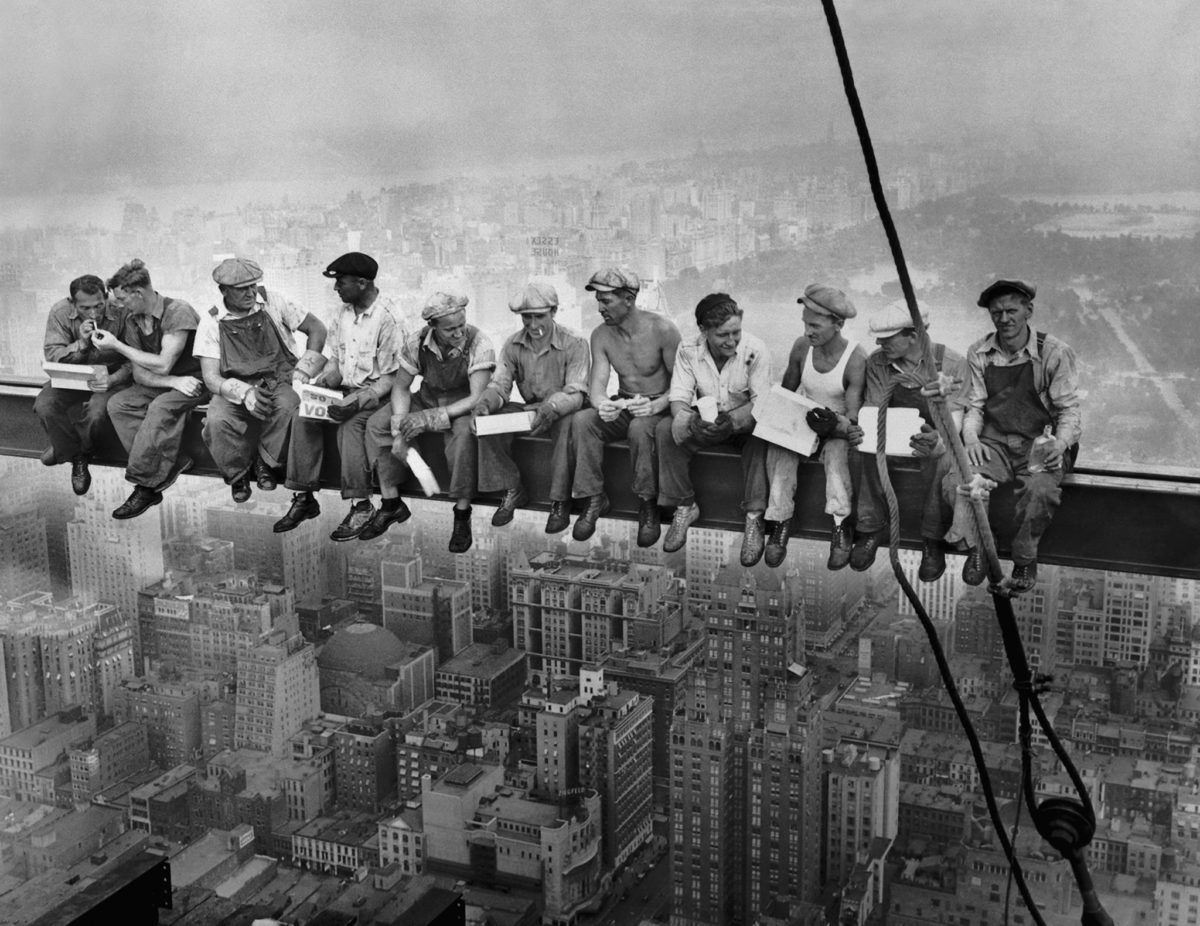
QUICK TIP: “Painting cockpits with Zenital Light” by Diego Quijano
Aircraft cockpits, especially those of WWII fighter planes, are a perfect spot to apply overhead -or zenithal- light paint effects. We are going to show a very simple method to do it. We start by applying preshading using the Black & White technique with black, white and grey paint. AMMO´s One Shot primers are perfect for this because of their great covering power and smooth, durable finish.
1: The first step consists in applying a grey primer coat. In this way we get three things: it provides a tough, durable paint foundation for the top coats, it also gives a smooth uniform surface and color, especially if you are combining resin, photo-etched and scratch-built parts; and lastly and most importantly, it works as the medium shade for the preshading .
2: Next, black paint is sprayed to the bottom details. Airbrush the paint at a low angle to reach only the shadow areas. Dilute the paint a bit more if necessary to atomize the paint properly.
3: The next step is adding highlights. Much the opposite of the previous one: we now airbrush white paint on the raised areas and high points, again holding the airbrush at low angle.
4: In this way we get a nice preshading layer with a stark zenithal effect, with the top of the raised areas in white, vertical surfaces in grey and the shadow at the bottom in black.
5: Next we proceed to apply the cockpit color. In this case is British Interior Green A.MIG-0219. Apply it very diluted and in thin layers to avoid completely covering the Black & White preshading. By adding around 30% Transparator A.MIG-2016 to the mix we´ll get a more transparent and easy to work color without thinning the paint too much. Airbrush thin color layers until a good color covering, but stopping before the zenithal preshading completely disappears. If the overhead lighting effect seems too stark to your liking simply add more color layers until satisfied with the result.
6: Once we are satisfied, a clear gloss varnish coat is applied to prepare the surface for the washes and other weathering techniques to be applied using enamel products.
7: When the varnish has dried we can apply the weathering effects, paint elements in different colors and add other details.
8: The final effect emphasize highlights and shadows inside the cockpit, especially those with many details, adding lots of contrast, visual interest and realism to our model.

